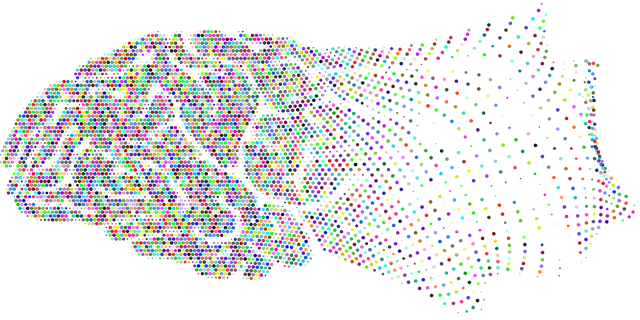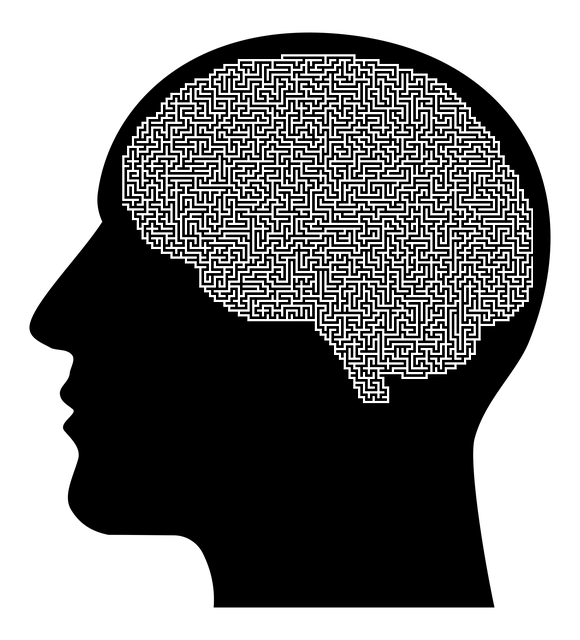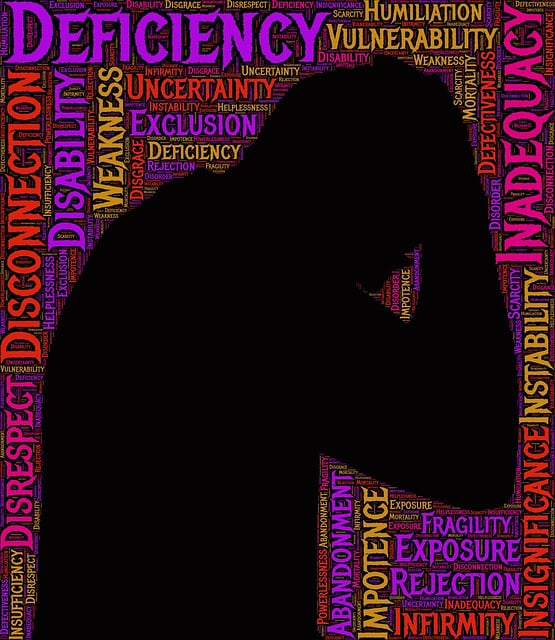Broomfield faces significant challenges with panic disorder and anxiety attacks, affecting its diverse population. Broomfield Panic Disorder and Anxiety Attacks Therapy begins with a comprehensive assessment by mental health professionals to identify triggers and underlying causes. Tailored interventions integrate cognitive-behavioral techniques, mindfulness practices, and exposure therapies, focusing on self-care, stress reduction, and empathy for effective support. Local risk factors like urban living's fast-paced nature contribute to residents' stress levels, making community-specific programs crucial to empower residents with coping skills and resilience building, reduce stigma, and encourage therapy seeking when needed.
Broomfield faces unique challenges when it comes to mental health, particularly regarding panic disorder and anxiety attacks. This article delves into designing an effective education program tailored to the specific needs of Broomfield’s community. We explore assessing local prevalence, triggers, and risk factors associated with these conditions. The curriculum focuses on evidence-based practices, offering interactive sessions, case studies, and insights from local mental health professionals. Implementation strategies consider delivery methods and evaluation metrics to ensure the program’s success and adaptability to Broomfield’s unique environment, fostering better mental well-being for all residents.
- Assessing Broomfield Panic Disorder and Anxiety Attacks
- – Understanding the scope of panic disorder and anxiety attacks in the context of Broomfield's population
- – Identifying risk factors and common triggers specific to Broomfield's environment and culture
Assessing Broomfield Panic Disorder and Anxiety Attacks

Broomfield Panic Disorder and Anxiety Attacks Therapy plays a pivotal role in managing and mitigating symptoms associated with these conditions. Assessment is a crucial first step; it involves a comprehensive evaluation by mental health professionals who employ various tools to understand the severity, triggers, and underlying causes of an individual’s panic disorder or anxiety attacks. This process may include detailed questionnaires, clinical interviews, and sometimes physiological assessments to uncover any biological markers contributing to the condition.
The assessment also considers the individual’s emotional healing processes, social skills training, and potential depression prevention strategies. By integrating these aspects, therapists can tailor interventions that address not just the symptoms but also the root causes, fostering a more holistic recovery process. Effective therapy for Broomfield Panic Disorder and Anxiety Attacks often involves cognitive-behavioral techniques, mindfulness practices, and exposure therapies designed to gradually reduce anxiety responses over time.
– Understanding the scope of panic disorder and anxiety attacks in the context of Broomfield's population

In Broomfield, panic disorder and anxiety attacks are prevalent issues that significantly impact the well-being of its diverse population. Understanding these conditions is crucial for effective support and therapy. Panic disorder is characterized by recurrent and unexpected panic attacks, followed by a persistent concern about having additional attacks, which can substantially affect daily life. Anxiety attacks, often linked to generalized anxiety disorder or specific phobias, manifest as intense feelings of fear or unease that peak quickly and disrupt normal functioning. These disorders are not merely short-lived episodes of worry; they are debilitating conditions that can hinder individuals from engaging in their regular routines and social interactions.
Broomfield’s multicultural community presents unique challenges and opportunities for addressing panic disorder and anxiety attacks. Tailoring therapy to accommodate diverse backgrounds and experiences is essential. Recognizing the importance of self-care routine development, stress reduction methods, and empathy building strategies, mental health education programs in Broomfield aim to destigmatize these conditions while empowering individuals to manage their symptoms effectively.
– Identifying risk factors and common triggers specific to Broomfield's environment and culture

In designing a mental health education program tailored to Broomfield’s environment and culture, it’s essential to identify unique risk factors and triggers that residents may face. Broomfield, with its diverse community and distinct lifestyle, could have specific stressors contributing to mental health issues such as panic disorder and anxiety attacks. For instance, the fast-paced nature of urban living in Broomfield might lead to increased stress levels, impacting individuals’ ability to manage their mental well-being effectively. Understanding these local factors is crucial for developing relevant interventions.
Community-specific programs should focus on empowering residents with coping skills development and resilience building techniques that cater to their unique challenges. Encouraging positive thinking and promoting open discussions about mental health can help reduce stigma, making it easier for individuals to seek therapy when needed, specifically for Broomfield Panic Disorder and Anxiety Attacks Therapy.
In designing a mental health education program for Broomfield, it’s crucial to integrate knowledge about Broomfield Panic Disorder and Anxiety Attacks. By understanding the local context, including risk factors and cultural triggers, we can tailor effective interventions. This approach ensures that therapy is relevant, accessible, and ultimately enhances the well-being of Broomfield’s residents. Through continued education and awareness, we can foster a supportive environment where individuals feel empowered to manage their mental health effectively.














